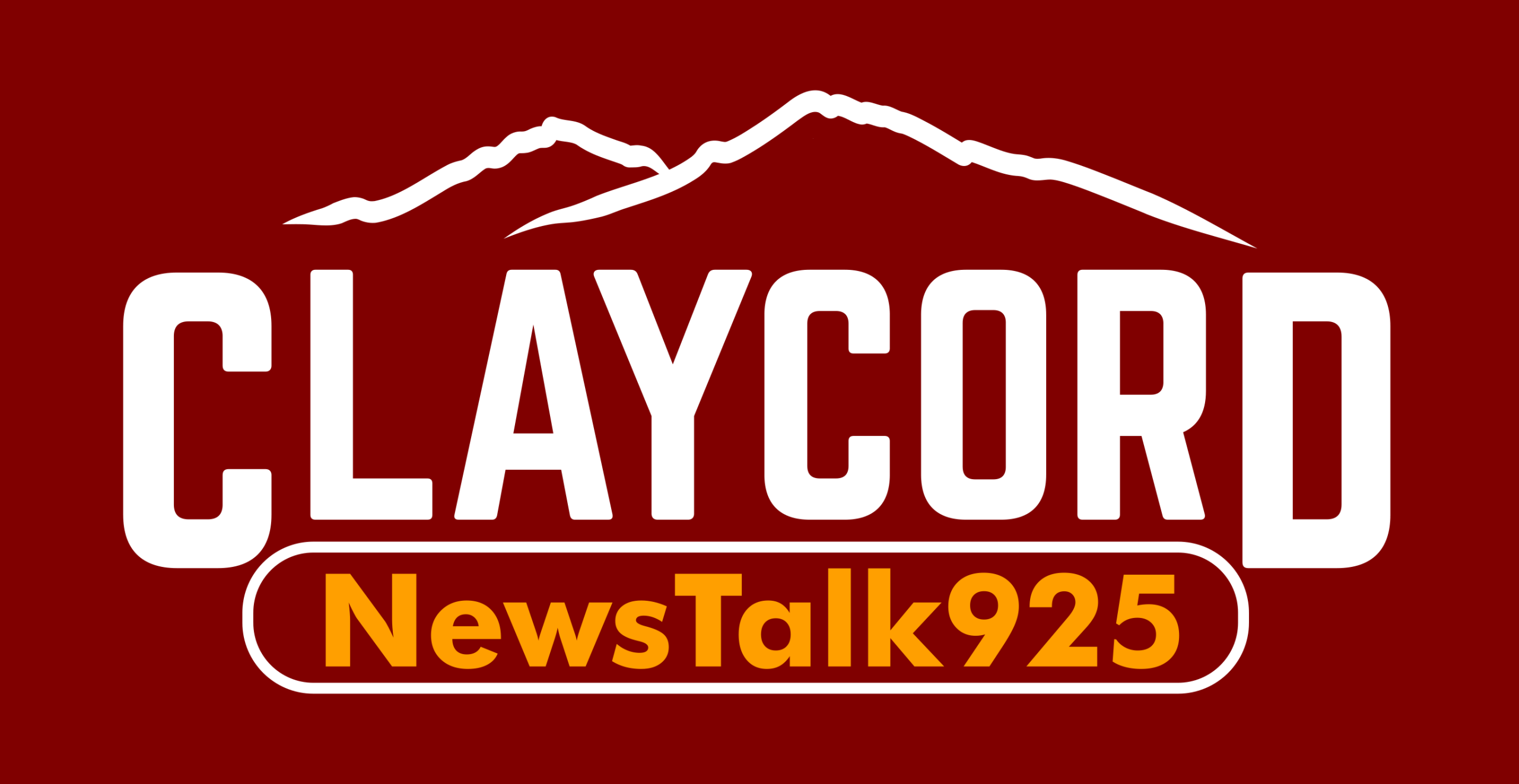A project led by University of California at Berkeley researchers to produce an ultra-high resolution magnetic resonance imagery (MRI) has led to the creation of a scanner that they say is 50 times more detailed than the typical MRI machines currently used at hospitals.
The result is the ability to detect activity in the thinnest human brain cortex as well as higher spatial resolution which has made researchers optimistic about where this could lead several areas of study, including neuroscience and psychology.
A study published last week in the scientific journal Nature Methods describes the improvement on previous scanning with the NexGen 7T, as the scanner is known.
The group of researchers, which included UC Berkeley professors such as the project’s director David Feinberg and scientists from the multinational corporation Siemens worked on developing a scanner capable of performing a wide range of imaging.
Feinberg believes that the higher spatial resolution will allow researchers to view activity at different depths of the brain’s cortex which in turn could unlock new biomarkers that play a role in diagnosing mental disorders as well as choosing the best treatment.
“This dramatically improved spatial precision will allow us to more accurately pinpoint the flow of information across a neural circuit while humans perform tasks in the scanner,” said Silvia Bunge, a professor of psychology at UC Berkeley who has used the NexGen 7T.
“This approach promises to shed light on the brain mechanisms that underlie high-level abilities like reasoning, planning, and decision-making.”
Researchers also hope the NexGen 7T could improve studying diseases like Alzheimer’s, conditions such as dyslexia and autism, or neurological disorders such as strokes and dementia.
William Jagust, a UC Berkeley professor of public health who studies Alzheimer’s disease, believes the improved resolution may help improve the way we understand how the brains changes due to Alzheimer’s and how it affects memory.
“We know that part of the memory system in the brain degenerates as we get older, but we know little about the actual changes to the memory system — we can only go so far because of the resolution of our current MRI systems,” said Jagust.
He believes this improvement to MRI resolutions could assist in better diagnosing Alzheimer’s by connecting the dots between abnormal protein buildup and memory loss.
Grants from the BRAIN Initiative from the National Institutes of Health, as well as funds from the UC Berkeley’s Chancellors’ Office and Weill Neurohub supported the research.


Research and development for projects that benefit humanity are not cheap.
Bravo to all researchers, directors, fund coordinators, U.C Berkeley, Siemens, NIH, and Weill NeuroHub.
Sounds like pretty good news for a change.
.
Who is entitled to file the patent on this new technology?
.
More importantly .. if public funds supporting UC Berkeley have paid some of this research then any commercialization of this should repay CA taxpayers.
Sounds great, how long before local hospitals get this latest tech? 10 yrs maybe…. Only to have insurance companies deny coverage as they usually do
From the way the article is worded it appears this technology is intended for research, and not diagnosis or viewing in a medical care setting.